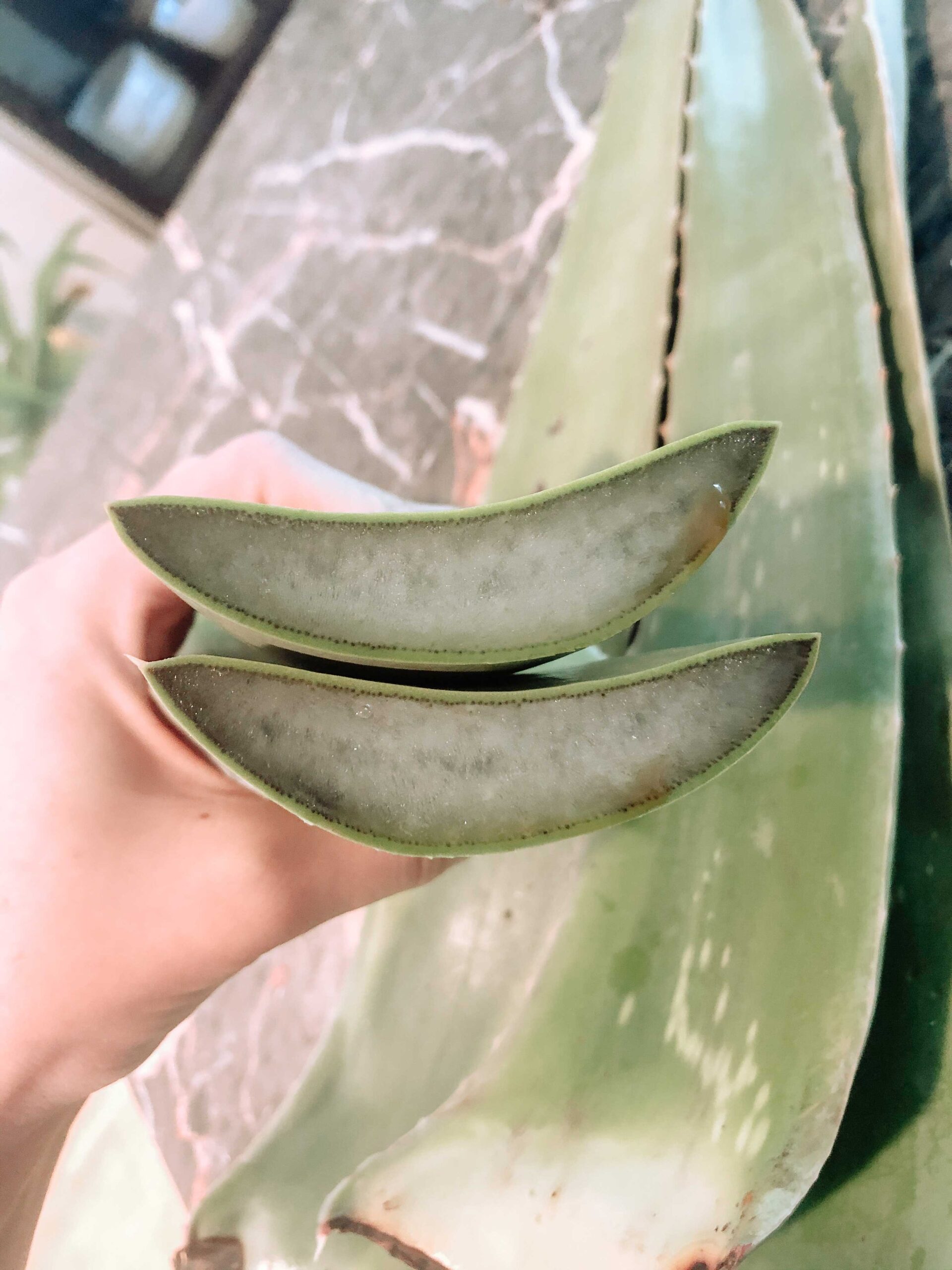quick reference guide of what can and can't be composted
COMPOSTING for your GARDEN
Do you want to learn how to compost for your garden? If so, you have come to the right place! In this guide, we will teach you everything you need to know about composting. We will discuss what compost is, why it is important for gardening, and how to create a compost pile in your own backyard. By following our tips, you can create a lush and healthy garden using nothing but compost!
What is compost?
Compost is a type of organic matter that is broken down by bacteria and fungi. It is an excellent source of nutrients for plants, and it can also help to improve the structure of your soil. Composting is a great way to reduce the amount of waste that you produce, and it is also good for the environment.
Compost is essential for healthy plant growth. It provides plants with the nutrients they need to grow, and it also helps to improve the structure of your soil. Compost can also help to retain moisture in your soil, which is important for preventing drought conditions.
Why is it important to compost?
Composting is important for a number of reasons. First, it helps to reduce the amount of waste that you produce. Second, composting is good for the environment. Third, composting can help to improve the structure of your soil. Finally, compost can also help to retain moisture in your soil, which is important for preventing drought conditions.
How to Create a Compost Pile in Your Backyard
To start composting, you will need a few things: some organic material (such as leaves, grass, or food scraps), a container (such as a bin or bucket), and some water. You will also need something to aerate your compost pile (such as a pitchfork). Once you have gathered all of your materials, you are ready to start composting!
The first step in composting is to create a layer of organic material. This can be done by placing leaves, grass, or food scraps in your container. Once you have a layer of organic material, you will need to add some water. The amount of water you add will depend on the type of material you are composting.
Next, you will need to aerate your compost pile. This can be done by turning it with a pitchfork or another tool. Aerating your compost pile helps to speed up the composting process by allowing oxygen to reach the bacteria and fungi that are breaking down the organic matter.
Once you have aerated your compost pile, you will need to wait for it to break down. This process can take anywhere from a few weeks to a few months, depending on the temperature and amount of moisture in your compost pile. Once your compost is ready, you can use it to fertilize your garden.
We hope that this guide has taught you everything you need to know about composting for your garden. By following our tips, you can create a healthy and beautiful garden using nothing but compost!
If you have any questions about composting, hit us up on Instagram @homestead.onthehill
Happy gardening!


